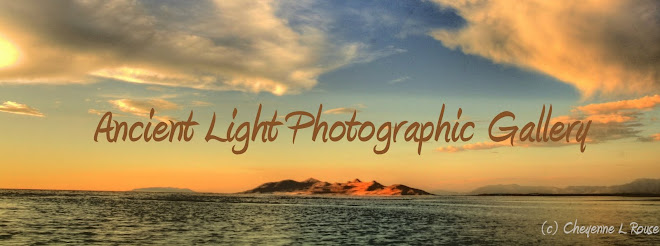 Original Fine Art Photograph - Signed by Cheyenne L Rouse
Original Fine Art Photograph - Signed by Cheyenne L Rouse Title: Magic Aspens
Photographer: Cheyenne L Rouse
Size: 11x16 - Glossy Color Print*
*I used a special computer software, which I don't often do, to give this photograph a watercolor painting qualtiy - the colors are so brilliant and beautiful, it would make a gorgeous framed piece in any home or office.
Location: Christmas Meadows, Uinta Mts, Utah







